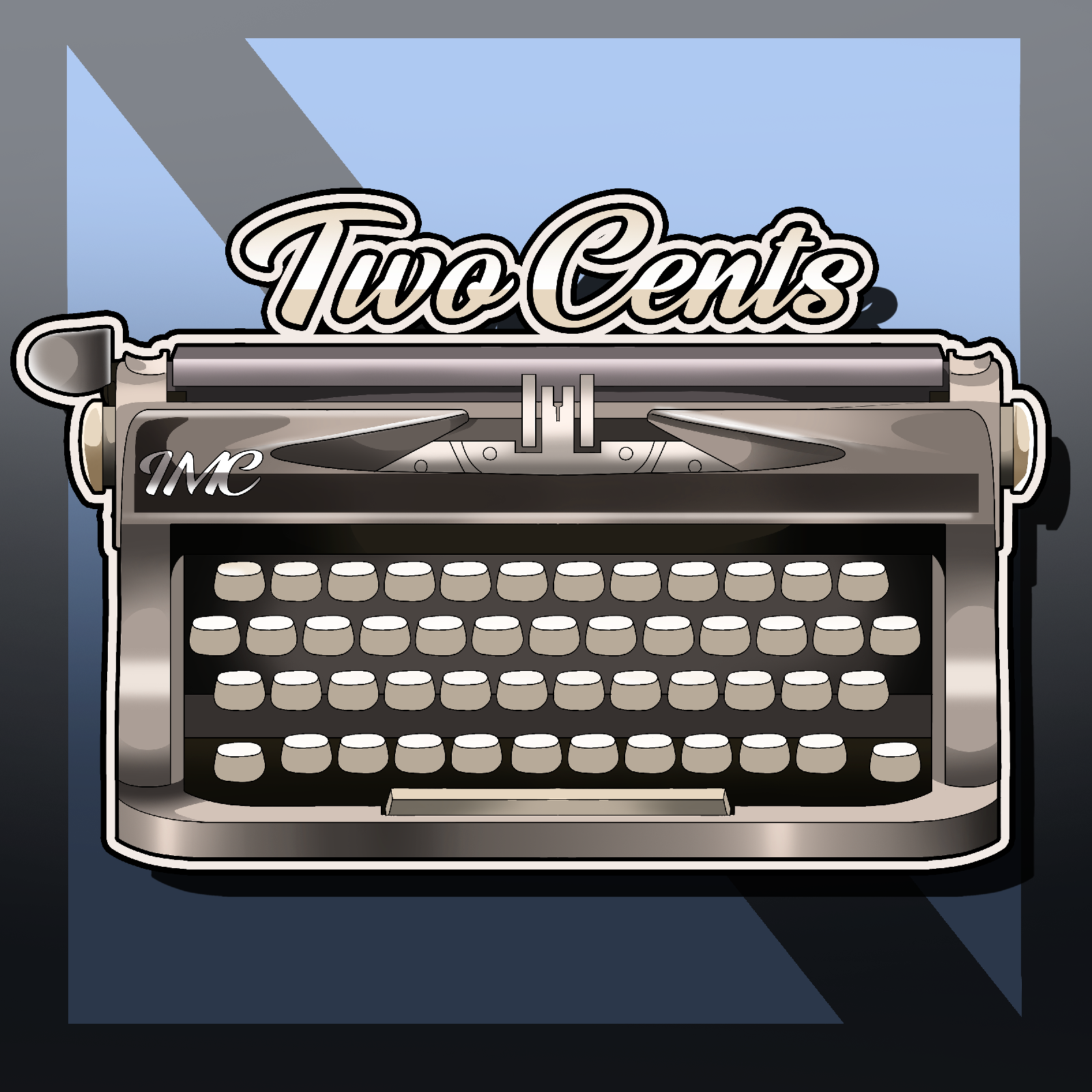Netflix's Shadow and Bone
Then, over the ensuing two months, after the hype had died down, I started seeing a lot of YouTube video essays in the Fantasy BookTube/TVTube sphere criticizing the show popping up in my feed. And some of them were less than stellar. So, I started getting curious. I thought, "Well, no matter what it is, it can't be that bad."
In the end, what finally pushed me to give the series a chance nearly two months after the show debuted to watch it was seeing a fan-made music video for the song Paint it Black, as performed by Ciera.
It was a better piece of advertising and fan art than any of the promotional material that I seen up to that point that I couldn't help but watch.
Within the first episode, I was hooked, and that hooked stayed fixed all the way through the series' 8 present episodes, which I've since rewatched several times through since my first viewing.
The story itself retreads many of the Fantasy genre's (and more specifically, the subgenre of Epic Fantasy), classic tropes: the chosen one, who will save the world; the dark lord figure, who they must defeat; the world changing stakes that will warp the future of the land; the coming-of-age narrative; elemental-based magic; etc. These are all things that have time and again been elementals that many great storytellers have leant on. The real judge of a story's quality though is if the add anything new to it and make it new all over again.
I think I can say that Shadow and Bone and by extension The Grishaverse achieves this.
The secrete to this show's success lies in three elements unique to Shadow and Bone's story: the characters, the setting, and the aesthetic. (Let's work our way backwards from there.)
A lot of Fantasy of the past frequently used a medieval aesthetic, similar to what you find in Lord of the Rings, The Once and Future King, and of course A Song of Ice and Fire. What Bardugo, and thus by extension the show's creators, did was to move the story forward into a different time period, something more reminiscent to the early 19th Century. This allows for both the existence of both the "small science" (the in-world term for Grisha magic, which is rather reminiscent of alchemy from Fullmetal Alchemist in how it operates), and gunpowder. This "six-shooter fantasy"-style thus brings something to the genre that most people wouldn't expect to see.
Another trope that the story revisits is the "Eurocentric Setting." From what I've read, Bardugo's initial inspiration for the central setting of the Grishaverse was Russia. However, the choice of real-world inspiration, removed from a Western European aesthetic is what gives the setting its added unique flavor. Instead of Arthurian halls filled with knights and nobles, you have grand ballrooms filled with aristocrats.
Finally, there's the cast. While Alina Starkov, Malyen Orestev, The Darkling, and Baghra fit squarely into classic Fantasy archetypes (Chosen One, Love Interest, Dark Lord, and Old Mentor respectively), the original personalities that the writers of the show (and presumably Bardugo's writing), imbue into them make them enjoyable to watch on the screen, with each of the actors performing them bringing something unique to them.
That said, what makes the story even more interesting and what keeps it from feeling like nothing but a retread over tired tropes are the other characters. The Crows, in particular, whose whole storyline is original to the show, ground the series and make the world feel more lived in and true to life. Yes, crazy fantastical, world-shaking things can occur in the world of the Grishaverse, but it's also a world filled with much smaller, down-to-earth personal stories as well.
Given that the original series in the Grishaverse spans a complete trilogy of novels, I think we can expect Shadow and Bone to run for at least 2 more seasons to bring a conclusion to the main story of Alina and the Darkling. However, given the plethora of material for the other "spin-off" series (such as the material from the Six of Crows duology and the King of Scars duology), and the show's writers obvious skill at seamlessly integrating new material into the story as needed, it could go on for longer.
Regardless, Shadow and Bone is, undoubtedly, a fun and panoramic series that introduces us to a great set of characters and interesting world that, I believe, viewers will be wanting to revisit as much as possible in the foreseeable future.



Comments